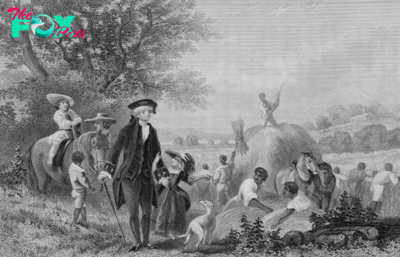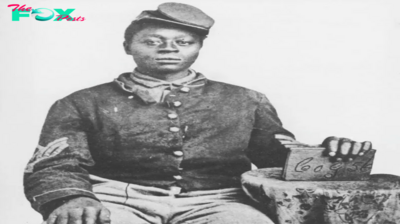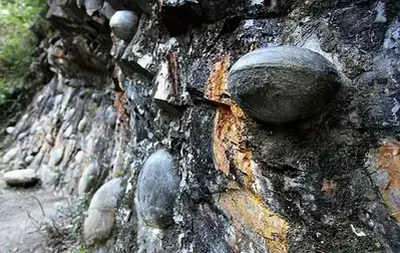History
Even archaeologists are amazed: Stone Age child may have been buried with a wolf
Archaeologists were surprised to discover animal fur and feathers buried alongside a child from the Stone Age, considering Finland's highly acidic soil.
A Stone Age burial in Finland holds the remains of a child, as well as an assortment of grave goods, bird feathers, canine hairs and plant fibers, giving archaeologists insight into burial practices from that time period.

An artist’s impression of what the child may have looked like. Researchers think a dog or wolf was buried alongside the deceased. (Image credit: Tom Björklund)
First discovered in 1991 in Majoonsuo, an archaeological site near the town of Outokumpu in eastern Finland, the grave contains the teeth of a child, who, based on a dental analysis, died between the ages of 3 and 10. Archaeologists from the Finnish Heritage Agency(opens in new tab), a cultural and research institution in Helsinki, determined it was a grave site based on red ochre — an iron-rich soil commonly associated with burial sites and rock art — that had stained a gravel roadway. The agency’s excavation team examined the site in 2018 and determined that it was “at risk of destruction,” according to a statement(opens in new tab).
Based on the trapezoidal shape of two arrowheads made of quartz, the archaeologists determined that the grave dates to the Mesolithic period, or Middle Stone Age, roughly 8,000 years ago. After analyzing soil samples, the researchers discovered barbules from the feathers of waterfowl that could have been used to create a bed of down feathers for the child; they also found a single falcon feather fragment. This falcon feather may have been fletching that helped guide an arrow, or perhaps a decoration on a garment, the researchers said.
At the base of the burial lay 24 fragments of mammalian hair. While many of the hairs were badly degraded, the researchers determined that three came from a canine, possibly a wolf or a dog that may have been laid at the feet of the child as part of the burial. It’s also possible that the canid hairs came from clothing, such as footwear crafted from dogskin or wolfskin, worn by the child, the teams noted.
“Dogs interred with the deceased have been found in, for example, Skateholm, a famous burial site in southern Sweden dating back some 7,000 years,” Kristiina Mannermaa(opens in new tab), a researcher and associate professor in the Department of Cultures at the University of Helsinki, said in the statement. “The discovery in Majoonsuo is sensational, even though there is nothing but hairs left of the animal or animals — not even teeth. We don’t even know whether it’s a dog or a wolf.”

The ochre-red stain on the roadway was what initially tipped off archaeologists about a possible burial site. (Image credit: Kristiina Mannermaa)
She added, “The method used demonstrates that traces of fur and feathers can be found even in graves several thousands of years old, including in Finland.”
In addition, archaeologists unearthed plant fibers, possibly from willows or nettles, that might have been used to make clothing or fishing nets. Because soil in this area of Finland is highly acidic, the archaeologists were surprised at how well some of the organic remains have lasted over the centuries.
“The work is really slow and it really made my heart jump when I found minuscule fragments of past garments and grave furnishings, especially in Finland, where all unburnt bones tend to decompose,” study lead author Tuija Kirkinen(opens in new tab), a postdoctoral researcher in the Department of Cultures at the University of Helsinki, told CNN(opens in new tab). “This all gives us a very valuable insight about burial habits in the Stone Age, indicating how people had prepared the child for the journey after death.”
-

 History2h ago
History2h agoEven George Washington Was a Tyrant
-

 History19h ago
History19h agoWhat Democrats Can Learn from America’s First Black Voters
-

 History1d ago
History1d agoHow Celebrities Changed America’s Postpartum Depression Narrative
-

 History2d ago
History2d agoThe Woman Whose Crusade Gave Today’s Book-Banning Moms a Blueprint
-

 History6d ago
History6d agoHow Black Civil War Patriots Should Be Remembered This Veterans Day
-

 History1w ago
History1w agoThe Democratic Party Realignment That Empowered Trump
-

 History1w ago
History1w agoWhy People Should Stop Comparing the U.S. to Weimar Germany
-

 History1w ago
History1w agoFlorida’s History Shows That Crossing Voters on Abortion Has Consequences



























